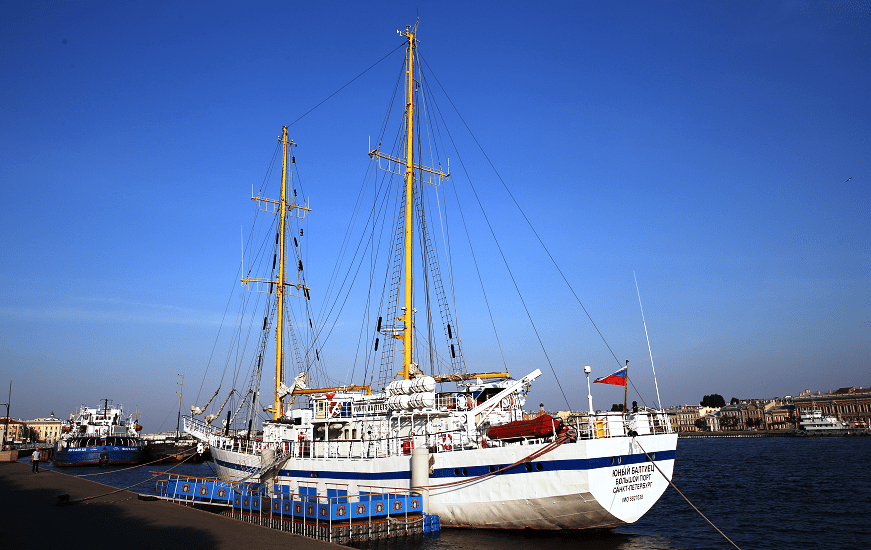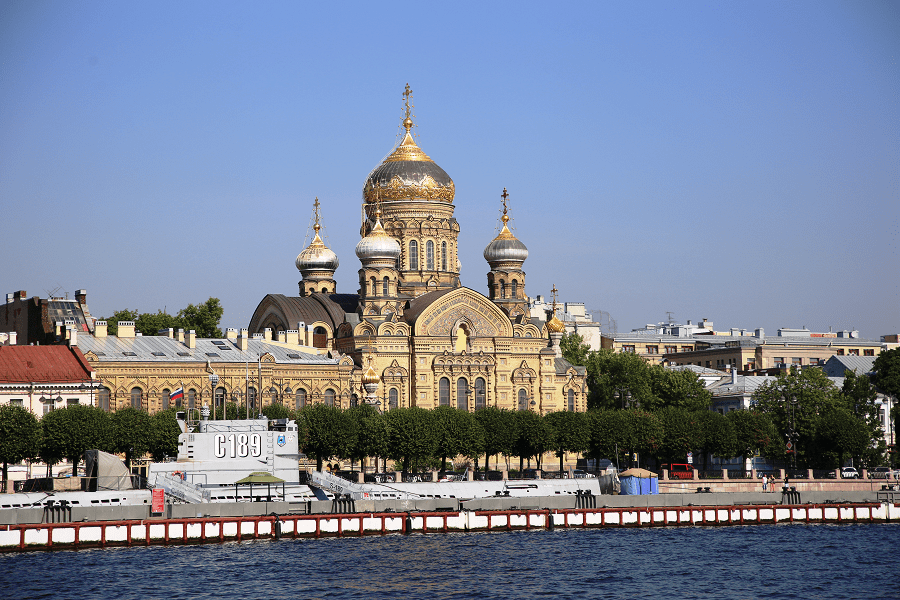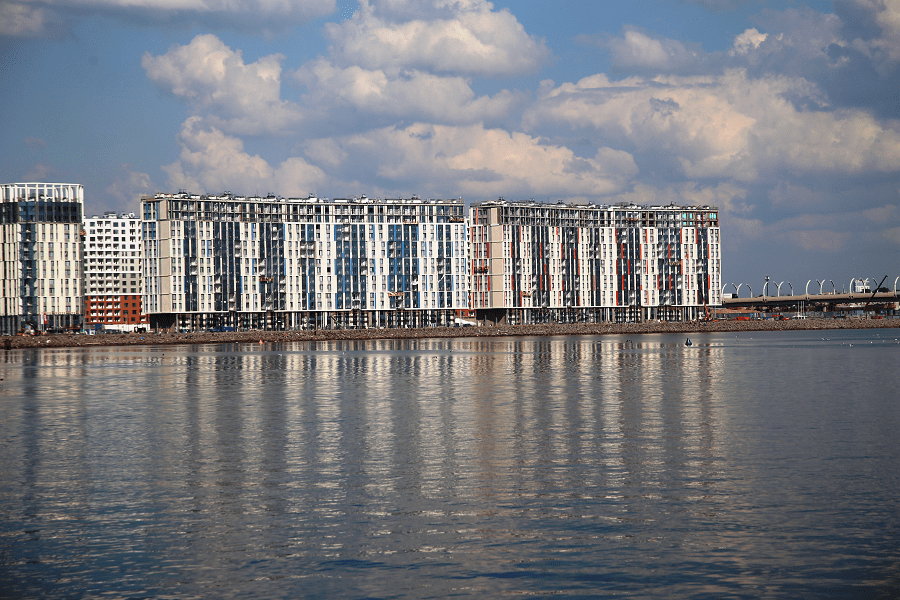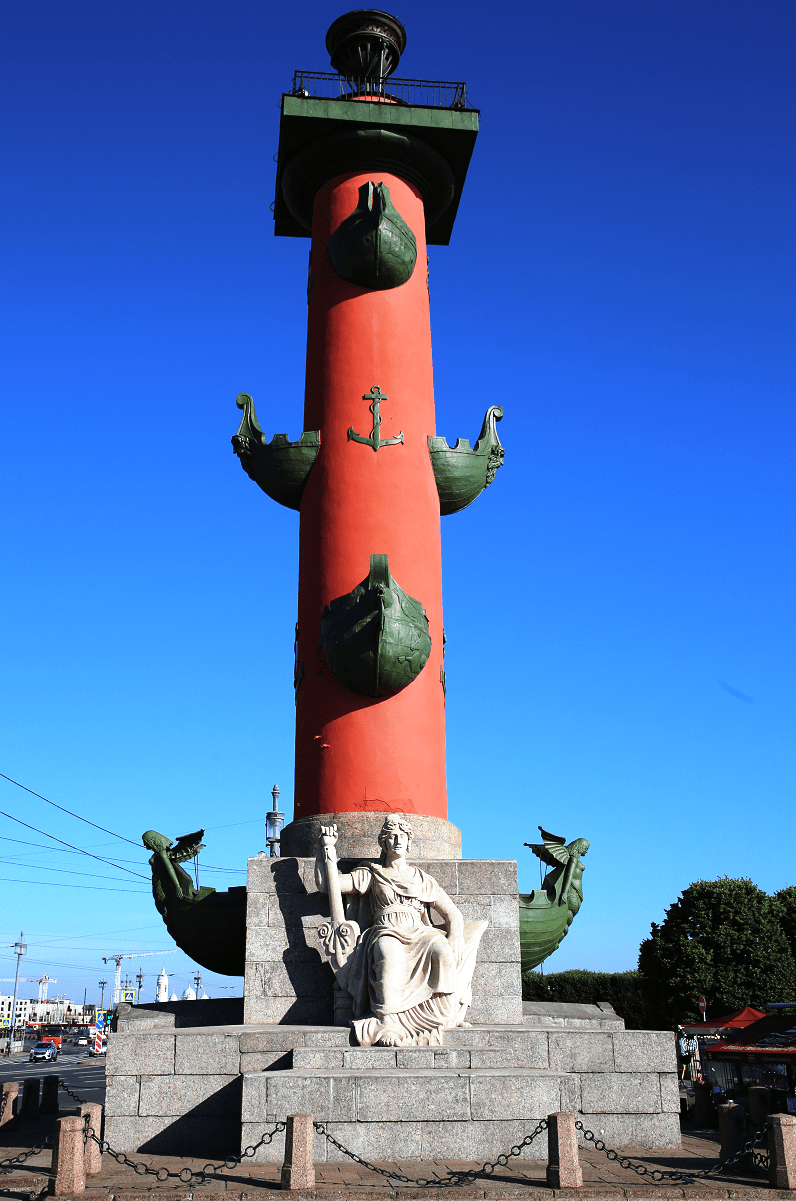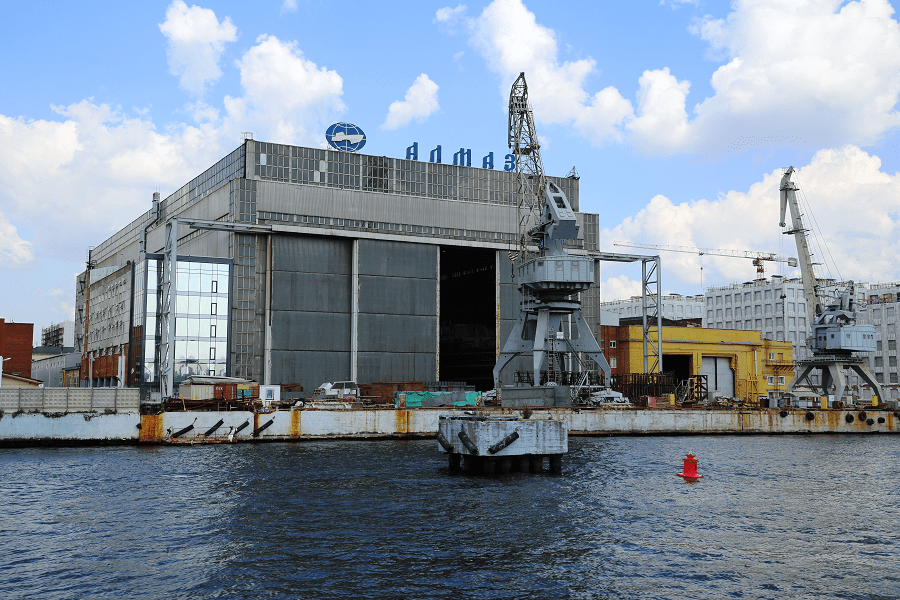Vasilyevsky Island is an island in the delta of the Neva River. It is part of St. Petersburg, occupying the main part of the Vasileostrovsky district.
The greatest length: from north to south – 4.2 km, from west to east – 6.6 km. The area is 10.9 km². It rises above the water level (ordinary) up to 3.5 m. It was the largest island in the Neva delta, before the construction of the Obvodny Canal in the 18th-19th centuries and the appearance of the Nameless Island. Now it occupies the second place in terms of area.
In 1703-1715, the territory of the island was almost not built up. In the years 1710-1720, the first stone building of St. Petersburg was built – the Menshikov Palace for Prince A. D. Menshikov, there were also windmills on the Spit of the island.
The development of the territory began in the mid-1710s, when Peter I came up with a plan to create a city on the island similar to the cities of Europe – St. Petersburg.
According to the projects developed in 1716, 1718 and in the 1720s by the architect D. Trezzini, a network of parallel canal streets and avenues crossing them was planned, which became the basis for further development.
Although the idea of canal streets was later abandoned, these streets are still called lines.
Spit of Vasilyevsky Island (Стрелка Васильевского острова, Strelka) – a cape on the eastern tip of Vasilyevsky Island, washed by the Bolshaya Neva and Malaya Neva; one of the most famous architectural ensembles of the city; an example of the harmony of the architecture of the city with the landscape of the banks of the Neva.
The Spit of Vasilyevsky Island belongs to the historical part of St. Petersburg and, together with the complex of monuments located here, is included in the list of UNESCO World Heritage Sites; it is one of the centers of attraction for tourists.
Situated just across the river from the Winter Palace, it constitutes a large portion of the city’s historic center.
The ensemble of the arrow, formed in the 19th century, occupies also a key place in the panorama of St. Petersburg. Numerous architectural monuments and museums are located here: the Stock Exchange building, the Kunstkamera, the Zoological Museum, the Building of the Twelve Collegia, the Building of the Academy of Sciences, the Rostral columns.
Until 1885, there was a St. Petersburg seaport on the Strelka. Built already in the 20th century, the five-span Palace and Birzhevoy (Exchange) bridges emphasize the clear symmetry of the Spit of Vasilyevsky Island and its relationship with other parts of the city.
Transport connection
The island is connected by drawbridges Blagoveshchensky and Palace bridges across the Bolshaya Neva with the city center (Admiralteysky Island), Tuchkov and Birzhevoy across the Malaya Neva – with the Petrograd side; it is connected with the neighboring island of the Decembrists by four fixed bridges across the Smolenka River – Uralsky, Smolensky, Nalichny and the Shipbuilders Bridge, as well as one pedestrian Novo-Andreevsky Bridge.
It is connected to an artificial island at the mouth of the Smolenka River by two bridges – the 1st Smolensky and the 3rd Smolensky bridges, along which official city transport routes have not yet been built.
Through the Dekabristov Island, Vasilyevsky Island is connected to the northern and southern districts of the city by means of fixed bridges of the Western High-Speed Diameter (built in December 2016), and through the fixed Betancourt Bridge – to the Petrograd side (opened on May 13, 2018).
On the island is the metro station “Vasileostrovskaya” and the second (southern) vestibule of the station “Sportivnaya”. In addition, in the immediate vicinity of Vasilyevsky, on the island of Dekabristov, there is the Primorskaya station.
The island’s tram line is connected to the citywide tram network via the Tuchkov Bridge.
There is a railway line on the island, owned by the Baltic Shipyard, with the mainland railway network, communication is carried out using a ferry to the Novy Port station.







